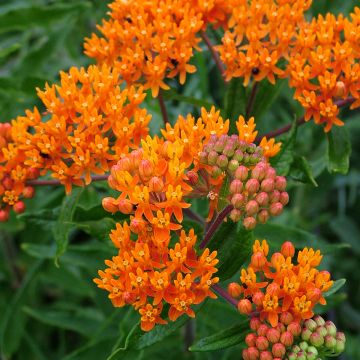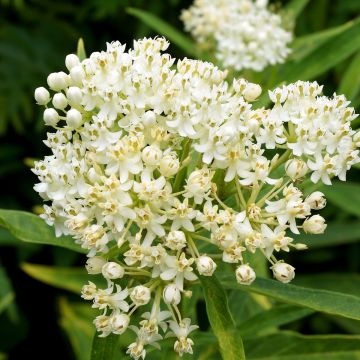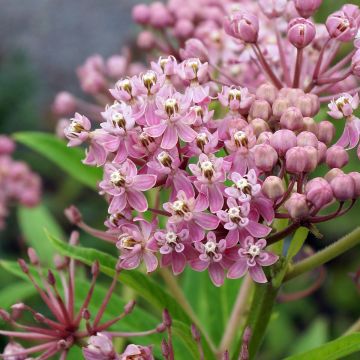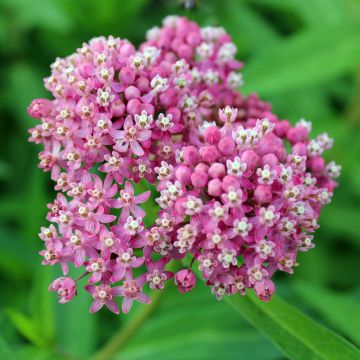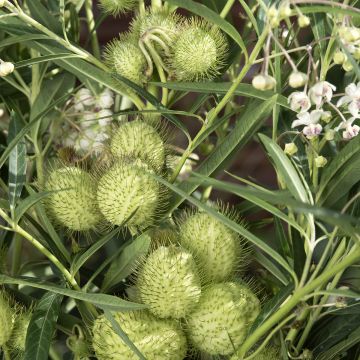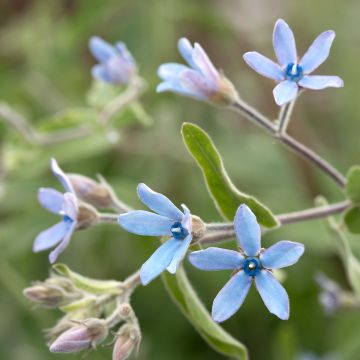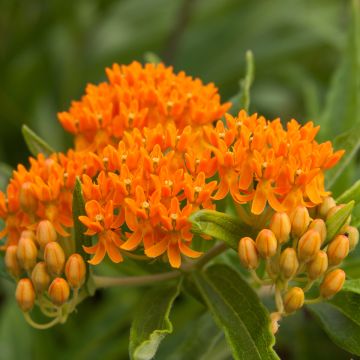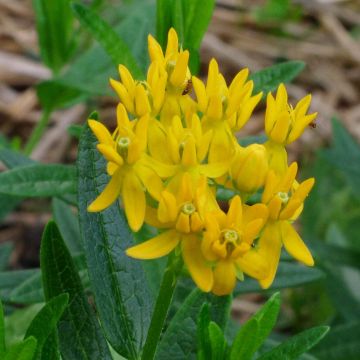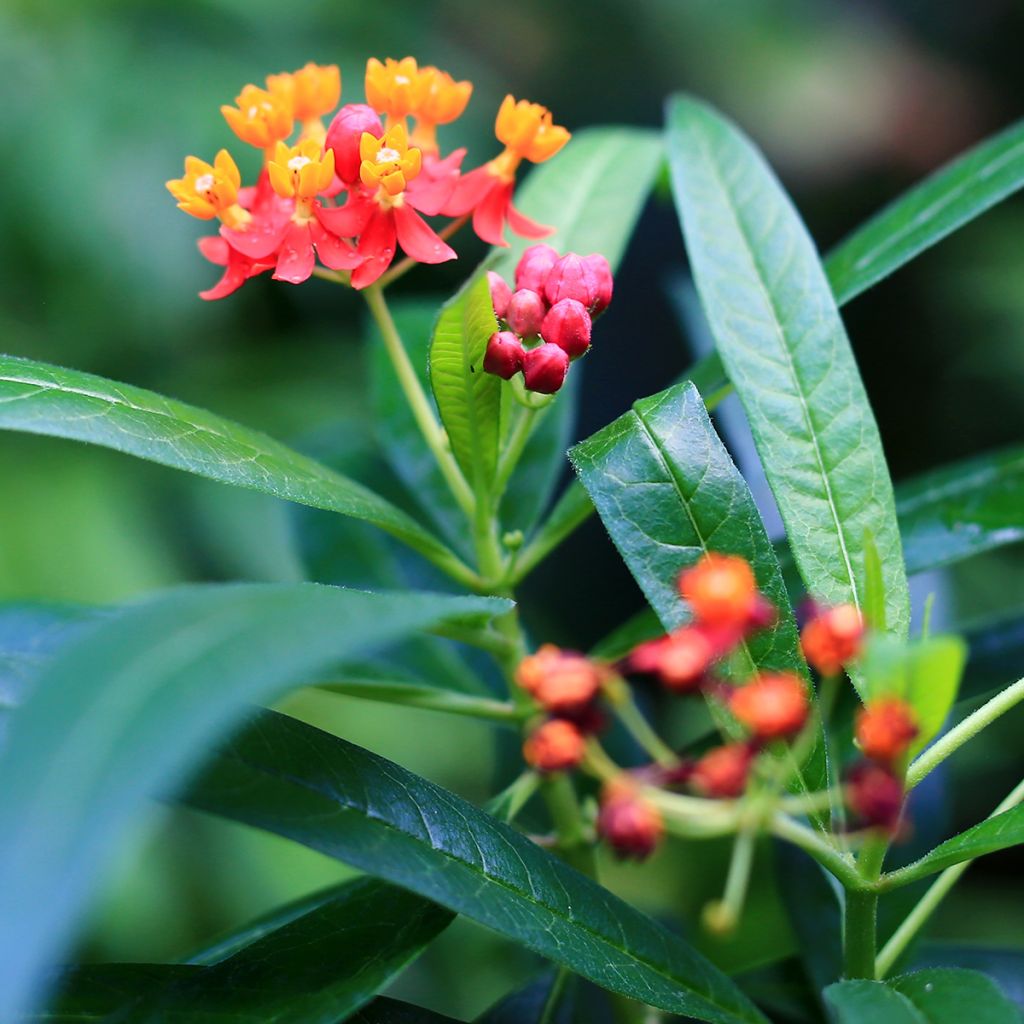

Asclepias curassavica - Milkweed
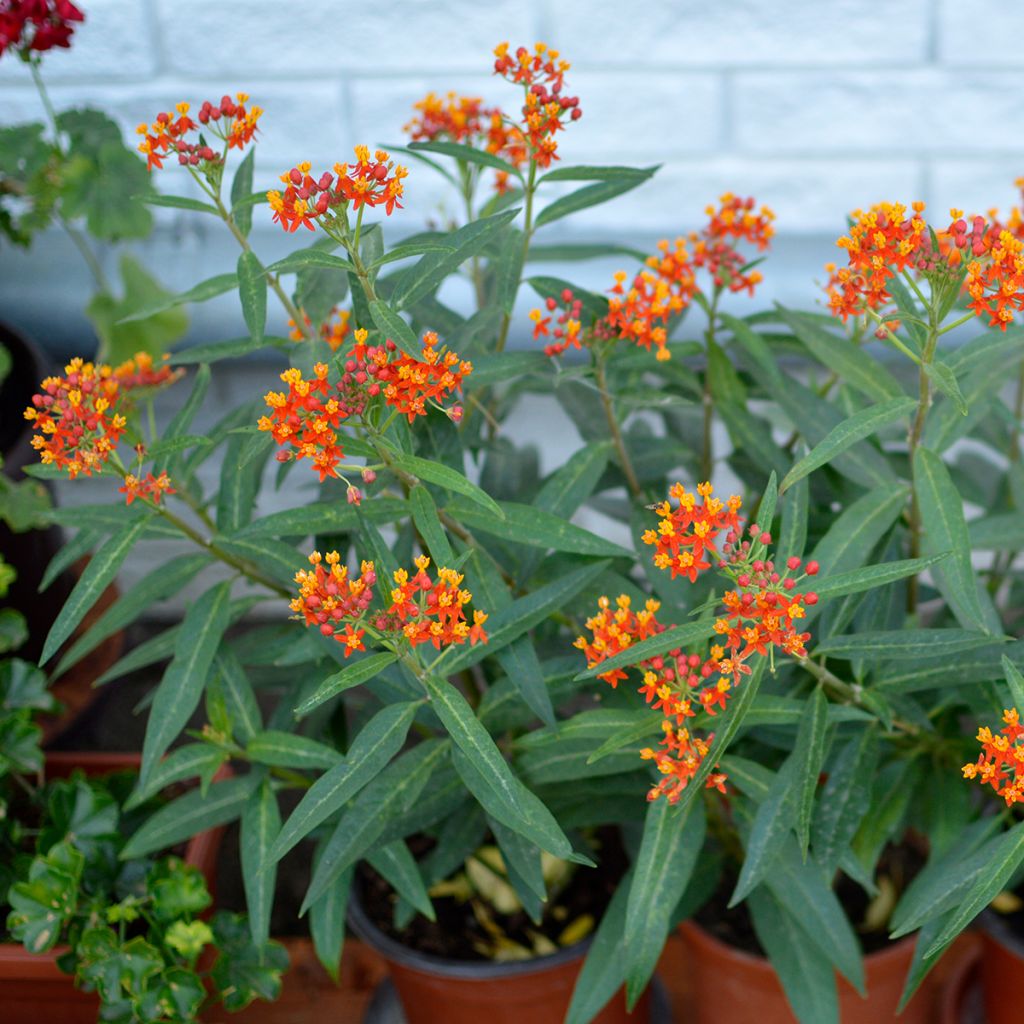

Asclepias curassavica - Milkweed
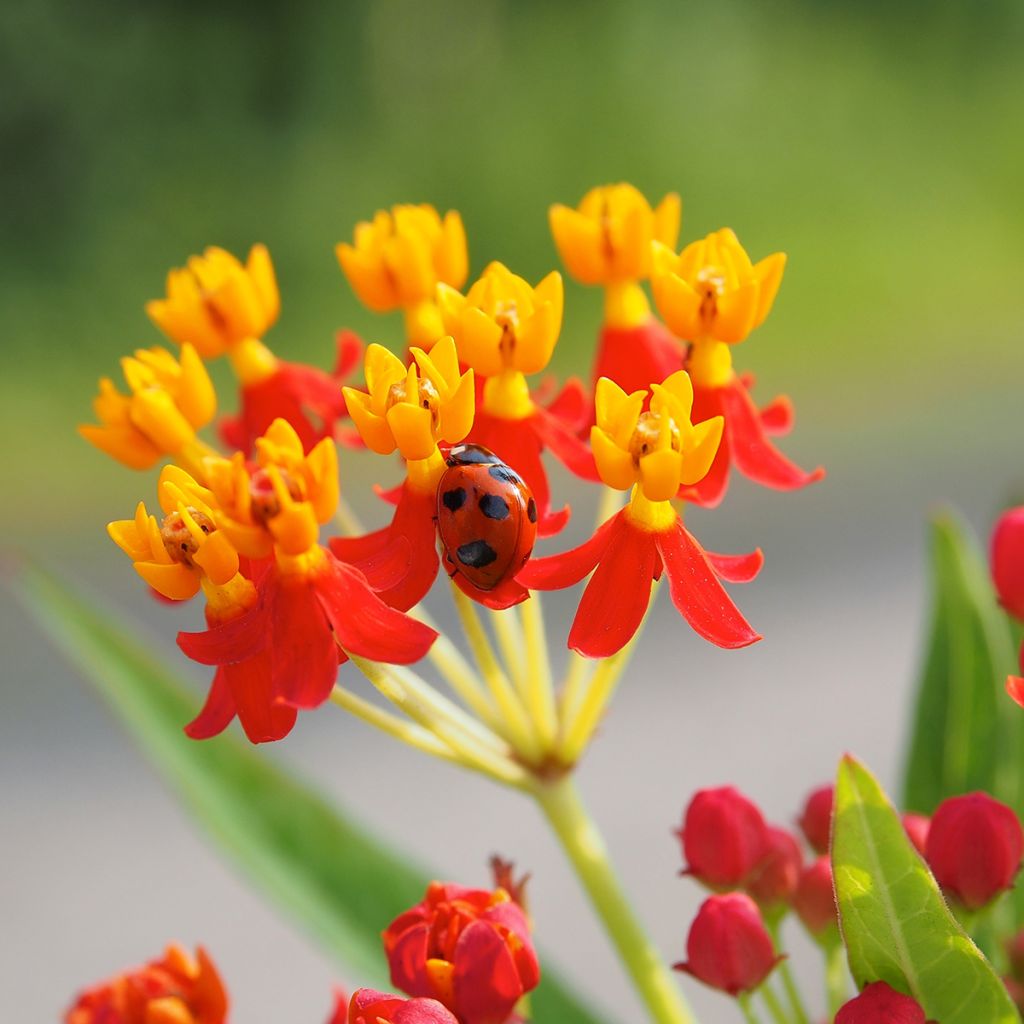

Asclepias curassavica - Milkweed
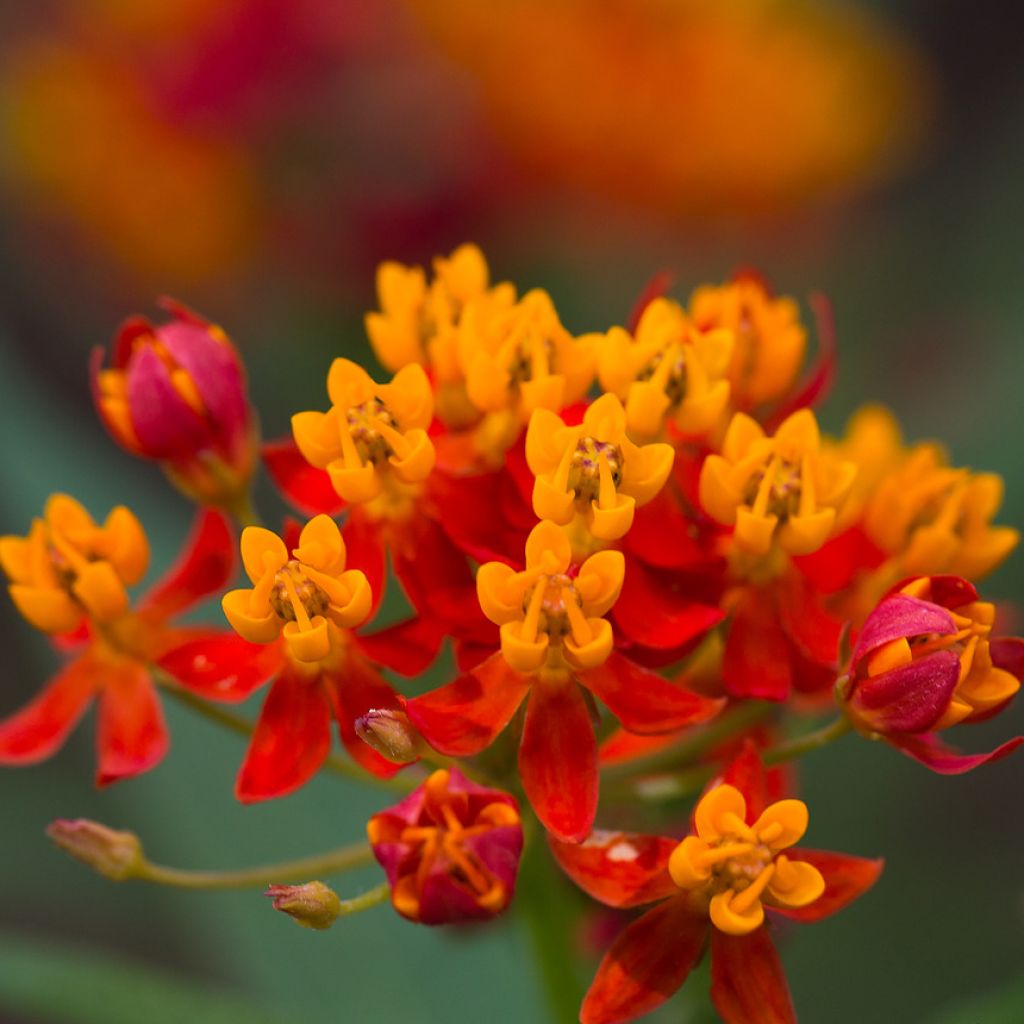

Asclepias curassavica - Milkweed


Asclepias curassavica - Milkweed
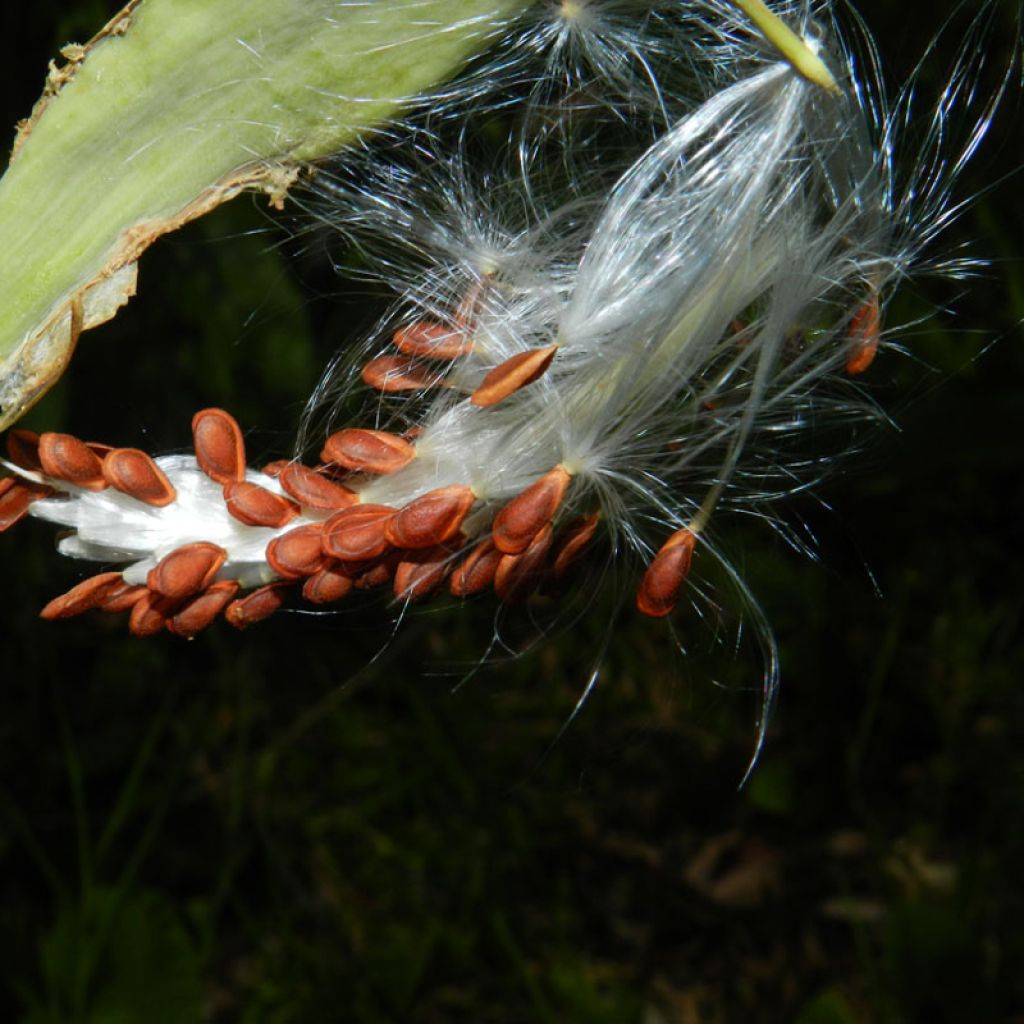

Asclepias curassavica - Milkweed
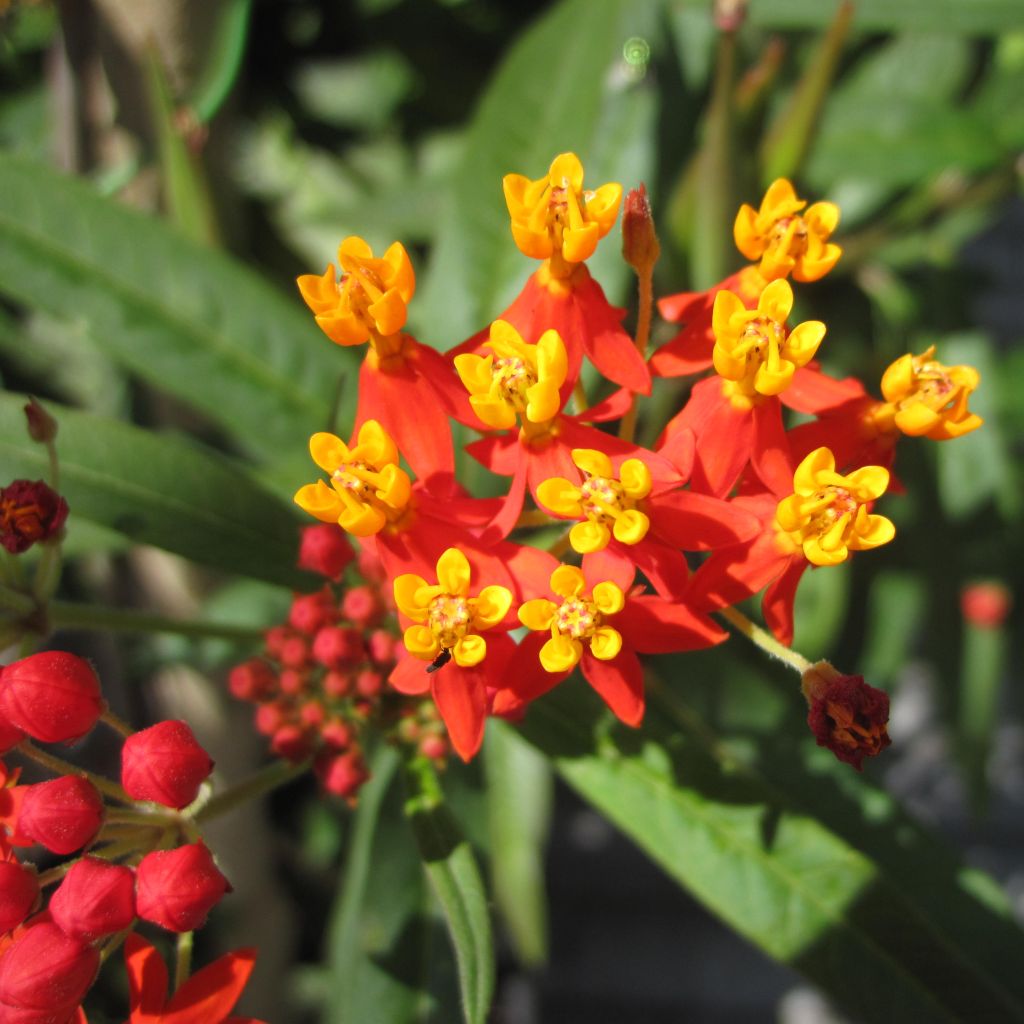

Asclepias curassavica - Milkweed
Asclepias curassavica - Milkweed
Asclepias curassavica
Bloodflower, Scarlet Milkweed, Tropical Milkweed
The young plant in the bucket I received was barely visible (about 2 minutes). I hope it will still shoot.
jean-michel, 19/04/2023
Special offer!
Receive a €20 voucher for any order over €90 (excluding delivery costs, credit notes, and plastic-free options)!
1- Add your favorite plants to your cart.
2- Once you have reached €90, confirm your order (you can even choose the delivery date!).
3- As soon as your order is shipped, you will receive an email containing your voucher code, valid for 3 months (90 days).
Your voucher is unique and can only be used once, for any order with a minimum value of €20, excluding delivery costs.
Can be combined with other current offers, non-divisible and non-refundable.
Home or relay delivery (depending on size and destination)
Schedule delivery date,
and select date in basket
This plant carries a 12 months recovery warranty
More information
We guarantee the quality of our plants for a full growing cycle, and will replace at our expense any plant that fails to recover under normal climatic and planting conditions.
Would this plant suit my garden?
Set up your Plantfit profile →
Description
Asclepias curassavica, or Tropical Milkweed, is a beautiful semi-bushy plant, highly prized for its long-lasting exotic flowering in vibrant colours, followed by attractive feathery fruits. Although perennial, it has a short lifespan and is sensitive to severe frost, so it is often used as an annual in large flower beds or grown in pots for overwintering. Its bright green foliage perfectly complements the flowers in shades of red, yellow, and orange. It is drought-tolerant and well adapted to a Mediterranean climate.
Asclepias curassavica belongs to the Asclepiadaceae family. It is a botanical species native to tropical and subtropical regions of South America and the Caribbean, and naturalised in several regions such as the southeastern United States, Africa and Australia, as well as some countries in Southern Europe such as Spain. It is a perennial plant with a lignified stump that contains a corrosive and toxic white latex in its tissues. It produces erect, pale grey, sparsely branched and lignified stems, which form a tuft 80 cm (32 in) to 1 m (3 ft) tall and 40-50 cm (16-20 in) wide at the base. Its leaves are arranged oppositely on the stems. They are simple, narrowly lanceolate, 10 to 15 cm (4 to 6 in) long and 2 to 4 cm (1 to 2 in) wide. Their colour is a very vibrant green, and they persist in winter if there is no frost. Flowering can last for 5 months, especially if faded flowers are regularly removed. In its native areas, it will mostly bloom in spring, but in cooler climates the inflorescences appear from June to October. The flowers are organised in terminal umbels, measuring 5 to 10 cm (2 to 4 in) in diameter. Each flower consists of 5 red petals, reflexed and topped with a yellow and orange crown. This flowering is visited by numerous pollinating insects, including the Monarch butterfly (Danaus plexippus) where this species is present. After pollination, cylindrical fruits, 5-6 cm (2 in) long, are formed. When mature, they open to release seeds equipped with a tuft of white bristles. This fruiting is decorative.
In winter, Tropical Milkweed is grown as an annual or in pots. It should be placed in full sun once the frost has passed and brought indoors for winter in a cool and well-lit place. With its magnificent flowering, it makes a beautiful indoor plant. In the garden, it can be planted in a perennial or shrub border, or in a large flower bed. To accompany it, consider, for example, grasses (Miscanthus, Panicums, Pennisetum), Perovskias, or Echinaceas for a harmonious colour scheme.
Report an error about the product description
Asclepias curassavica - Milkweed in pictures






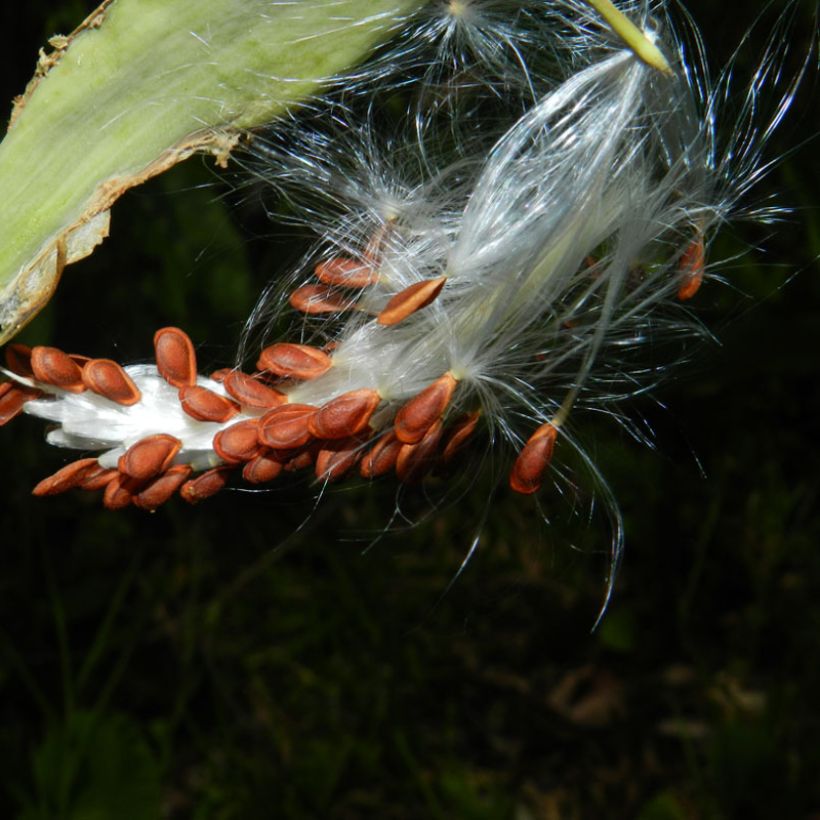

Flowering
Foliage
Plant habit
Safety measures
Botanical data
Asclepias
curassavica
Asclepiadaceae
Bloodflower, Scarlet Milkweed, Tropical Milkweed
South America
Phytophotodermatoses
Cette plante peut provoquer l'apparition de réactions cutanées indésirables en cas de contact suivi d'une exposition au soleil.
Ne la plantez pas là où de jeunes enfants peuvent évoluer. Evitez l'exposition au soleil après l'avoir manipulée. Evitez tout contact avec la peau: privilégiez l'emploi de gants pour la manipuler. En cas de contact, lavez-vous soigneusement les mains et rincez abondamment à l'eau la zone concernée. Lavez les vêtements entrés en contact. En cas de réaction cutanée, contactez votre médecin ou le centre antipoison le plus proche de chez vous. En cas d'atteinte étendue, appelez sans tarder le 15 ou le 112.Pensez à conserver l'étiquette de la plante, à la photographier ou à noter son nom, afin de faciliter le travail des professionnels de santé.
Davantage d'informations sur https://plantes-risque.info
atteintescutaneomuqueuses
Cette plante peut provoquer l'apparition de réactions cutanées indésirables, une atteinte des yeux, ou des difficultés respiratoires si elle est ingérée.
Ne la plantez pas là où de jeunes enfants peuvent évoluer. Evitez tout contact avec la peau: privilégiez l'emploi de gants pour la manipuler. En cas de contact, lavez-vous soigneusement les mains et rincez abondamment à l'eau la zone concernée. Lavez les vêtements entrés en contact. En cas de réaction cutanée, contactez votre médecin ou le centre antipoison le plus proche de chez vous. En cas d'atteinte étendue ou de difficultés respiratoires, appelez immédiatement le 15 ou le 112.Pensez à conserver l'étiquette de la plante, à la photographier ou à noter son nom, afin de faciliter le travail des professionnels de santé.
Davantage d'informations sur https://plantes-risque.info
ingestion
Cette plante est toxique si elle est ingérée volontairement ou involontairement.
Ne la plantez pas là où de jeunes enfants peuvent évoluer, et lavez-vous les mains après l'avoir manipulée.
Pensez à conserver l'étiquette de la plante, à la photographier ou à noter son nom, afin de faciliter le travail des professionnels de santé.
Davantage d'informations sur https://plantes-risque.info
Other Asclepias
View all →Planting and care
This milkweed is hardy in the mildest areas (-5 °C (23 °F)). Elsewhere, bring it indoors for the winter in a cold greenhouse. It appreciates the sun as well as light, well-drained, fairly rich soils. In a pot, it will be necessary to water it regularly and applications of fertilisers for flowering plants will be beneficial. In the ground, it relies on rainwater, but will appreciate applications of compost in the spring. Practise pruning to maintain a dense plant or regenerate a damaged plant. Asclepias can be attacked by caterpillars, mites, and aphids.
Planting period
Intended location
Care
-
, onOrder confirmed
Reply from on Promesse de fleurs
Haven't found what you were looking for?
Hardiness is the lowest winter temperature a plant can endure without suffering serious damage or even dying. However, hardiness is affected by location (a sheltered area, such as a patio), protection (winter cover) and soil type (hardiness is improved by well-drained soil).

Photo Sharing Terms & Conditions
In order to encourage gardeners to interact and share their experiences, Promesse de fleurs offers various media enabling content to be uploaded onto its Site - in particular via the ‘Photo sharing’ module.
The User agrees to refrain from:
- Posting any content that is illegal, prejudicial, insulting, racist, inciteful to hatred, revisionist, contrary to public decency, that infringes on privacy or on the privacy rights of third parties, in particular the publicity rights of persons and goods, intellectual property rights, or the right to privacy.
- Submitting content on behalf of a third party;
- Impersonate the identity of a third party and/or publish any personal information about a third party;
In general, the User undertakes to refrain from any unethical behaviour.
All Content (in particular text, comments, files, images, photos, videos, creative works, etc.), which may be subject to property or intellectual property rights, image or other private rights, shall remain the property of the User, subject to the limited rights granted by the terms of the licence granted by Promesse de fleurs as stated below. Users are at liberty to publish or not to publish such Content on the Site, notably via the ‘Photo Sharing’ facility, and accept that this Content shall be made public and freely accessible, notably on the Internet.
Users further acknowledge, undertake to have ,and guarantee that they hold all necessary rights and permissions to publish such material on the Site, in particular with regard to the legislation in force pertaining to any privacy, property, intellectual property, image, or contractual rights, or rights of any other nature. By publishing such Content on the Site, Users acknowledge accepting full liability as publishers of the Content within the meaning of the law, and grant Promesse de fleurs, free of charge, an inclusive, worldwide licence for the said Content for the entire duration of its publication, including all reproduction, representation, up/downloading, displaying, performing, transmission, and storage rights.
Users also grant permission for their name to be linked to the Content and accept that this link may not always be made available.
By engaging in posting material, Users consent to their Content becoming automatically accessible on the Internet, in particular on other sites and/or blogs and/or web pages of the Promesse de fleurs site, including in particular social pages and the Promesse de fleurs catalogue.
Users may secure the removal of entrusted content free of charge by issuing a simple request via our contact form.
The flowering period indicated on our website applies to countries and regions located in USDA zone 8 (France, the United Kingdom, Ireland, the Netherlands, etc.)
It will vary according to where you live:
- In zones 9 to 10 (Italy, Spain, Greece, etc.), flowering will occur about 2 to 4 weeks earlier.
- In zones 6 to 7 (Germany, Poland, Slovenia, and lower mountainous regions), flowering will be delayed by 2 to 3 weeks.
- In zone 5 (Central Europe, Scandinavia), blooming will be delayed by 3 to 5 weeks.
In temperate climates, pruning of spring-flowering shrubs (forsythia, spireas, etc.) should be done just after flowering.
Pruning of summer-flowering shrubs (Indian Lilac, Perovskia, etc.) can be done in winter or spring.
In cold regions as well as with frost-sensitive plants, avoid pruning too early when severe frosts may still occur.
The planting period indicated on our website applies to countries and regions located in USDA zone 8 (France, United Kingdom, Ireland, Netherlands).
It will vary according to where you live:
- In Mediterranean zones (Marseille, Madrid, Milan, etc.), autumn and winter are the best planting periods.
- In continental zones (Strasbourg, Munich, Vienna, etc.), delay planting by 2 to 3 weeks in spring and bring it forward by 2 to 4 weeks in autumn.
- In mountainous regions (the Alps, Pyrenees, Carpathians, etc.), it is best to plant in late spring (May-June) or late summer (August-September).
The harvesting period indicated on our website applies to countries and regions in USDA zone 8 (France, England, Ireland, the Netherlands).
In colder areas (Scandinavia, Poland, Austria...) fruit and vegetable harvests are likely to be delayed by 3-4 weeks.
In warmer areas (Italy, Spain, Greece, etc.), harvesting will probably take place earlier, depending on weather conditions.
The sowing periods indicated on our website apply to countries and regions within USDA Zone 8 (France, UK, Ireland, Netherlands).
In colder areas (Scandinavia, Poland, Austria...), delay any outdoor sowing by 3-4 weeks, or sow under glass.
In warmer climes (Italy, Spain, Greece, etc.), bring outdoor sowing forward by a few weeks.






























